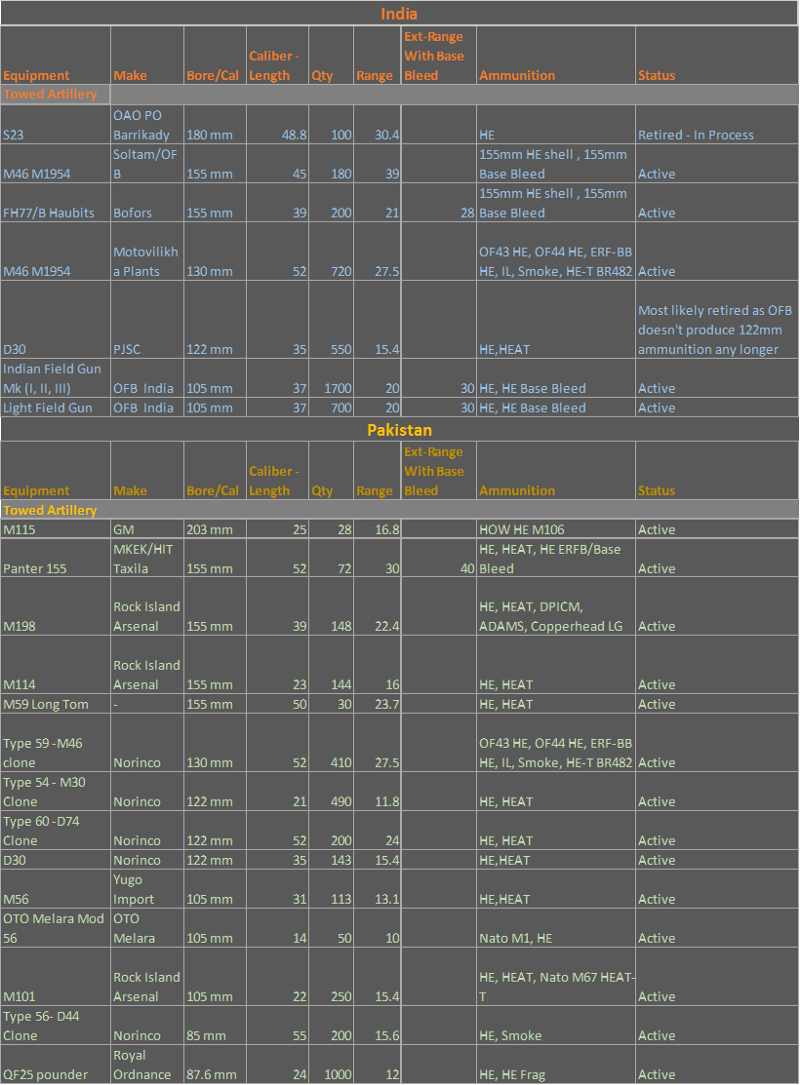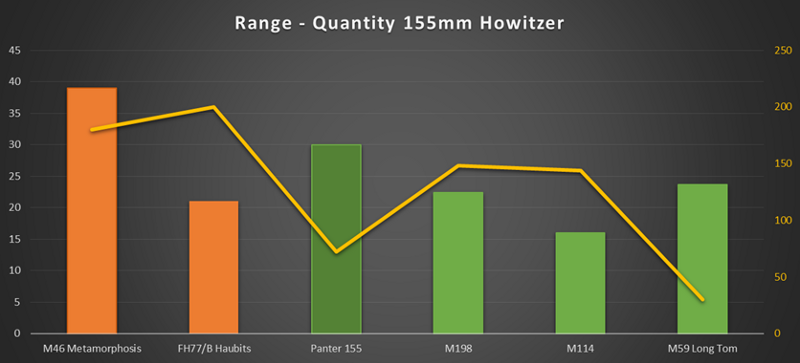Bharat Forge artillery gun in final trials before sale to Indian Army
One of four artillery guns developed by Bharat Forge is learnt to have reached the final stage of testing with the Indian Army.
During a recent analyst call after the announcement of the Pune-based company’s June quarter financial results, a top official said that all four gun platforms developed by it are in various stages of trials.
“We have gone through four sets of trials for the first gun and three sets of trials for the second gun. Once the last phase of trials is over we are ready for the sale process to begin,” said Amit Kalyani, Deputy Managing Director, Bharat Forge.

Reducing import dependence
Bharat Forge is set to benefit hugely from the reform initiative kick-started by the Ministry of Defence wherein restrictions have been imposed on import of 101 weapons and military platforms. The initiative, announced on August 9, includes artillery guns.
The towed artillery gun (155mm x 52 Calibre), which is part of the import embargo, has been developed by Bharat Forge. Called Bharat 52 and classified as an Advanced Towed Artillery Gun System (ATAGS), it is the first gun built by the Kalyani Group.
Weighing 15 tonnes, Bharat 52 has a firing range of more than 48 km and has a self-propelled ground speed of 20 km per hour. It can fire six rounds in 30 seconds.
ATAGS is considered to be one of the most advanced field artillery systems in the world but India is yet to induct them. In 2016 India ordered 145 howitzers (also an artillery gun) from the US for $750 million. The 155mm x 39 calibre ultra-light howitzers have a range of 24-39 km, which is much lower than the Bharat 52 ATAGS.
With the private sector being allowed to take part in defence production, Indian companies have been keen participants. In 2018, Mahindra Defence tied up with US-based BAE Systems to manufacture M777 howitzers.
Ashok Leyland is engaged in making Field Artillery Tractors, which are also in the 101 restricted items.
Fully local
“All the products that we are making are 100 percent local — they are 100 percent designed, engineered and developed locally. Three artillery guns are in advanced stages of testing. One is in the final stage of testing — it has gone through all the tests; it is the user test which is now going on this month,” Kalyani added.
The Indian Army is reportedly looking to procure about 150 ATAGS. Depending on the add-ons and the level of technology, each ATAGS can be priced up to Rs 15 crore, said Kalyani.
“The products that we have focussed on, all of them are meant for domestic manufacturing. And in certain products such as artillery guns, it is very clear that there is nobody as competitive as us either in technology or on an overall basis, so we are looking forward to the conclusion of our final trials,” he added.
Three-horizon strategy

Bharat Forge is following what it calls a three-horizon strategy. Horizon One has products such as artillery guns, some armoured vehicles, and some speciality vehicles. Horizon Two also has specialty vehicles. Horizon Three has electronics and high-end technology.
“Now, based on the announcements, we will deepen our capability within these product segments and add strength in areas that we need. But I do not think we are going to go into newer areas like building ships” said Kalyani.
Bharat Forge is also looking for markets outside India for its military hardware. But, with riders. “Selling defence items to a responsible nation like India is easy. Now, there are many countries that buy weapons where we do not know what they do with it. India has never been an aggressor anywhere, so I want to sell to places where it is safe to sell and where it is advisable to sell.” said Kalyani.
Bharat Forge artillery gun in final trials before sale to Indian Army
First rockets produced by private sector successfully test fired

In a major boost for Make in India, the first ever rockets fully manufactured by the private sector have been successfully test fired by the army, signalling that single source dependency on Ordnance Factory Board (OFB) will soon be a thing of the past.
The Pinaka rockets were tested at a firing range in Pokharan on Wednesday and achieved the desired results by accurately hitting targets. The rockets have been manufactured by the private sector after a technology transfer agreement with the Defence Research and Development Organisation (DRDO).
Sources said that six Pinaka rockets were test fired as part of the final developmental trials. The rockets have been manufactured by Economic Explosives Ltd (EEL) and are the first munition of its kind made by the private sector in India. They are also a success story for DRDO that has been engaging with the private sector to transfer manufacturing technology for home developed systems.

In the past, munitions of this class have either been imported or have been manufactured by the public sector, with repeated complaints of failure by the armed forces. As part of the Make in India drive and push for the private sector in defence manufacturing, the Pinaka technology was transferred five years ago, with a decision taken to split further orders evenly with OFB. The army has a large requirement for rockets of this class, which is pegged at over 1,000 units annually. The Pinaka is a home developed multi barrel rocket launcher system that is already in service with the Indian Army. An order for two additional Pinaka regiments has been under process since 2017, which will be made by L&T and Tata Aerospace and Defence for an estimated Rs 4,500 cr.
The armed forces have been looking at creating alternate sources for munitions to reduce dependency on OFB that has had a mixed track record. Industry estimates peg that privately manufactured munitions of different variety would cost 20-30% cheaper than the OFB fixed pricing.
DRDO has also successfully tested an extended range guided Pinaka rocket that can hit targets at a distance of 75 km, a significant boost from the current range of 40 km.
First rockets produced by private sector successfully test fired













